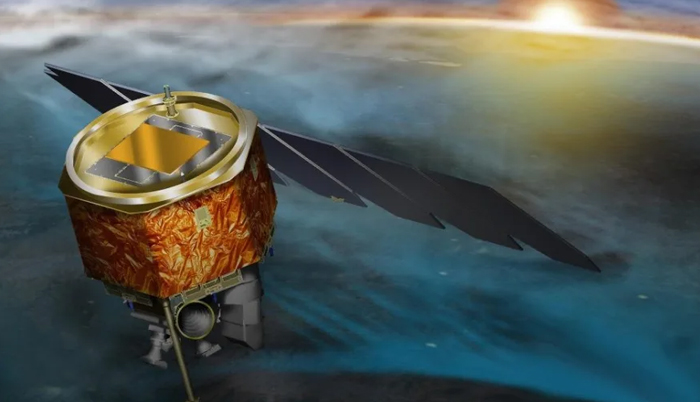![]() Home > Space & Science
Home > Space & Science
NASA’s AIM Spacecraft Goes Silent After A 15-Year Run Studying The Earth’s Oldest Clouds

NASA
![]() March 20th, 2023 | 11:15 AM |
March 20th, 2023 | 11:15 AM | ![]() 678 views
678 views
WASHINGTON, UNITED STATES
The probe collected data on night-shining clouds.
After 15 years in space, NASA’s AIM mission is ending. In a brief blog post spotted by Gizmodo, the agency said Thursday it was ending operational support for the spacecraft due to a battery power failure. NASA first noticed issues with AIM’s battery in 2019, but the probe was still sending a “significant amount of data” back to Earth. Following another recent decline in battery power, NASA says AIM has become unresponsive. The AIM team will monitor the spacecraft for another two weeks in case it reboots, but judging from the tone of NASA’s post, the agency isn’t holding its breath.
NASA launched the AIM – Aeronomy of Ice in the Mesosphere – mission in 2007 to study noctilucent or night-shining clouds, which are sometimes known as fossilized clouds due to the fact they can last hundreds of years in the Earth's upper atmosphere. From its vantage point 370 miles above the planet's surface, the spacecraft proved invaluable to scientists, with data collected by AIM appearing in 379 peer-reviewed papers, including a recent 2018 study that found methane emissions from human-driven climate change are causing night-shining clouds to form more frequently. Pretty good for a mission NASA initially expected to operate for only two years. AIM’s demise follows that of another long-serving NASA spacecraft. At the start of the year, the agency deorbited the Earth Radiation Budget Satellite following a nearly four-decade run collecting ozone and atmospheric measurements.
Source:
courtesy of ENGADGET
by Igor Bonifacic
If you have any stories or news that you would like to share with the global online community, please feel free to share it with us by contacting us directly at [email protected]